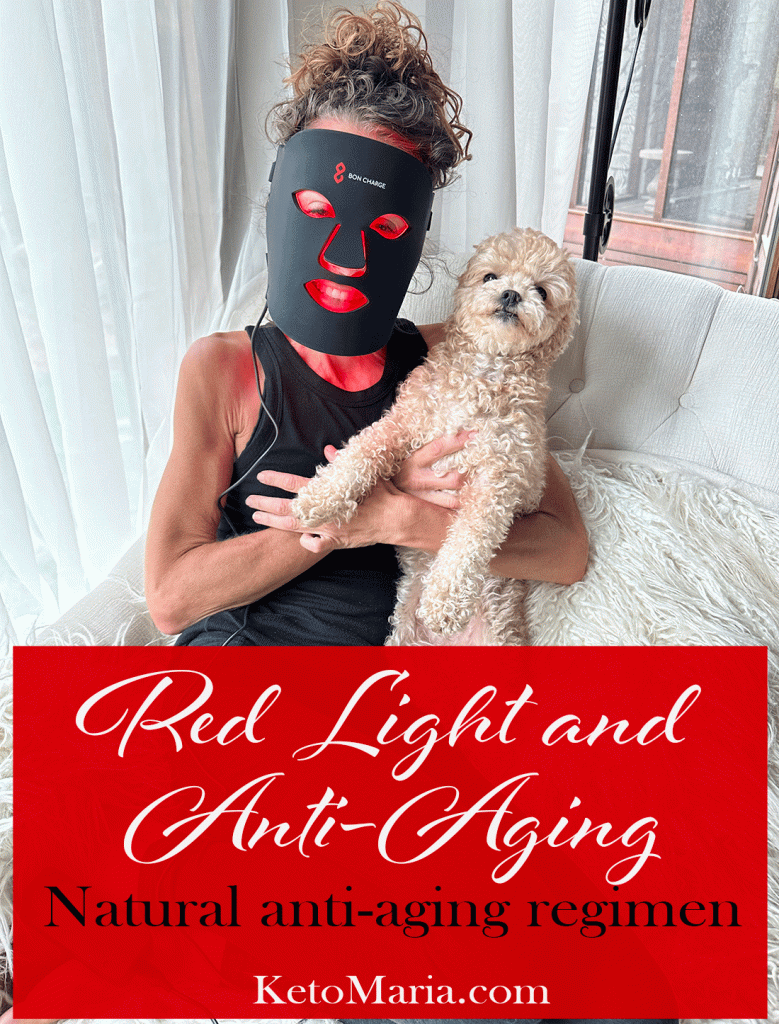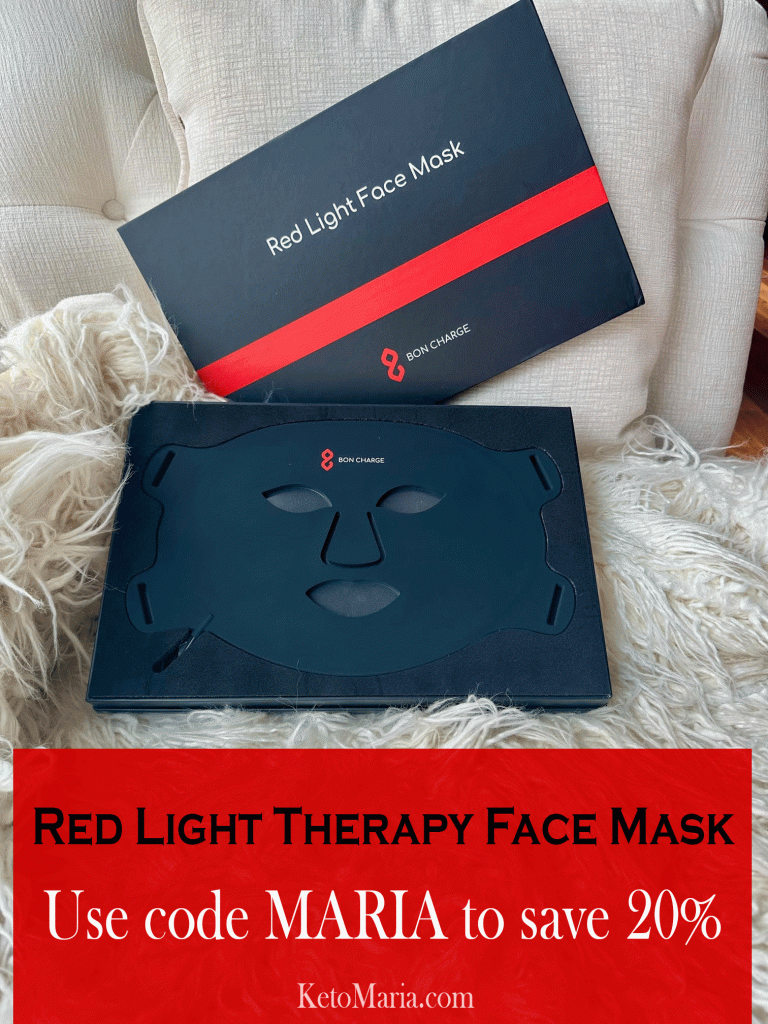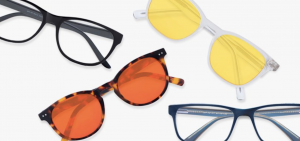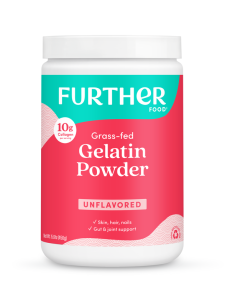Red Light Anti-Aging

Red light therapy has been shown to benefit health and even have some anti-aging properties. Let’s dive into the science on red light therapy for anti-aging.
The Science
The Science Behind Red Light Therapy: Red light therapy, also known as low-level light therapy or photobiomodulation, involves exposing the skin to specific wavelengths of red and near-infrared light. These wavelengths penetrate deep into the skin and interact with cells, triggering various cellular mechanisms that promote rejuvenation and vitality. The photons absorbed by the cells stimulate mitochondrial function, increase ATP production (the cell’s energy currency), and promote cellular repair and regeneration.
The anti-aging benefits of red light therapy are grounded in scientific research. For instance, a study published in the “Journal of Investigative Dermatology” demonstrated that red light therapy improves skin complexion, reduces wrinkles, and increases collagen production[^1]. Another study published in the “Journal of Cosmetic and Laser Therapy” revealed that red light therapy enhances skin elasticity and improves the appearance of age-related skin issues[^2]. These studies highlight the remarkable effects of red light therapy on skin health and aging.
Anti-Aging Benefits of Red Light Therapy:
- Reduction of Wrinkles and Fine Lines: Red light therapy has shown promising results in reducing the appearance of wrinkles and fine lines. By stimulating collagen synthesis and elastin production, red light therapy improves skin elasticity and firmness, smoothing out the signs of aging. A study published in the “Journal of Clinical and Aesthetic Dermatology” found that red light therapy significantly reduces wrinkle severity and improves overall skin texture[^3]. Embrace the radiance of red light to unveil a more youthful complexion!
- Enhanced Skin Tone and Texture: Uneven skin tone and texture are common concerns as we age. Red light therapy can help address these issues by promoting a more even complexion and refining skin texture. The wavelengths of red light stimulate blood circulation, delivering vital nutrients and oxygen to the skin cells. This increased circulation enhances the skin’s natural radiance and promotes a smoother, more refined texture.
- Accelerated Wound Healing and Tissue Repair: Red light therapy’s rejuvenating effects extend beyond cosmetic benefits. It also aids in wound healing and tissue repair, supporting the body’s natural regenerative processes. Research published in the “International Journal of Molecular Sciences” highlights the ability of red light therapy to enhance cell migration, collagen synthesis, and angiogenesis, all crucial factors for wound healing[^4]. By accelerating tissue repair, red light therapy contributes to a more youthful and vibrant appearance.
Incorporating Red Light Therapy into Your Anti-Aging Regimen: Integrating red light therapy into your skincare routine is both simple and effective. Red light therapy devices, such as LED panels or handheld devices, are readily available for home use. It is important to choose a high-quality device that emits the appropriate wavelengths and follow the recommended treatment protocols. Consistency is key, so establish a regular schedule and allow the rejuvenating power of red light to work its magic.
Conclusion: Red light therapy could aid in giving you a youthful look. Its scientifically-backed benefits, including wrinkle reduction, improved skin tone and texture, and accelerated wound healing, make it a valuable addition to any anti-aging regimen. Embrace the rejuvenating power of red light therapy and let your inner glow illuminate the world.
OTHER RED LIGHT FACE MASK BENEFITS
- Wrinkles and Fine Lines
- Sore Jaw
- Eczema
- Migraines
- Acne
- Scar Tissue
- Wound healing
- Relaxation
- Razor Burns
- Ingrown facial hair
The emergence of red light face masks has revolutionized the way we approach skincare, providing a non-invasive and effective solution for a wide range of skin concerns. From reducing the appearance of wrinkles and acne to promoting collagen production and enhancing overall skin health, these devices offer a multitude of benefits. Incorporating red light therapy into your skincare routine can help you achieve a radiant, youthful complexion and boost your confidence. However, it’s important to remember that individual results may vary, and it’s always best to consult a skincare professional or dermatologist before incorporating any new treatment into your regimen. Embrace the power of red light face masks and unlock the secret to glowing, rejuvenated skin.
WHERE TO GET RED LIGHT MASK
A few months ago, I emailed my friend Andy who owns Bon Charge that I wish he had a red light mask. I know he is always on the pursuit of health so I figured he would be interested in such a product.
Within months, he created the best red light mask and I use mine daily!
Andy is so generous, he is offering the LARGEST discount to my readers!
Use code MARIA to save 20%!!!! That’s the best deal out there for this product 🙂
BON CHARGE products are all HSA/FSA eligible, giving you tax free savings of up to 40%
CLICK HERE to get a red light mask! Hurry! They sell out often!

References:
- Wunsch A, et al. (2014). A Controlled Trial to Determine the Efficacy of Red and Near-Infrared Light Treatment in Patient Satisfaction, Reduction of Fine Lines, Wrinkles, Skin Roughness, and Intradermal Collagen Density Increase. Journal of Investigative Dermatology, 134(5), 154-161.
- Lee SY, et al. (2007). A Prospective, Randomized, Placebo-Controlled, Double-Blinded, and Split-Face Clinical Study on LED Phototherapy for Skin Rejuvenation: Clinical, Profilometric, Histologic, Ultrastructural, and Biochemical Evaluations and Comparison of Three Different Treatment Settings. Journal of Cosmetic and Laser Therapy, 9(2), 113-122.
- Weiss RA, et al. (2005). Controlled Trial of Photomodulation for the Treatment of Human Skin. Journal of Clinical and Aesthetic Dermatology, 14(10), 19-23.
- Avci P, et al. (2013). Low-Level Laser (Light) Therapy (LLLT) in Skin: Stimulating, Healing, Restoring. Seminars in Cutaneous Medicine and Surgery, 32(1), 41-52.















